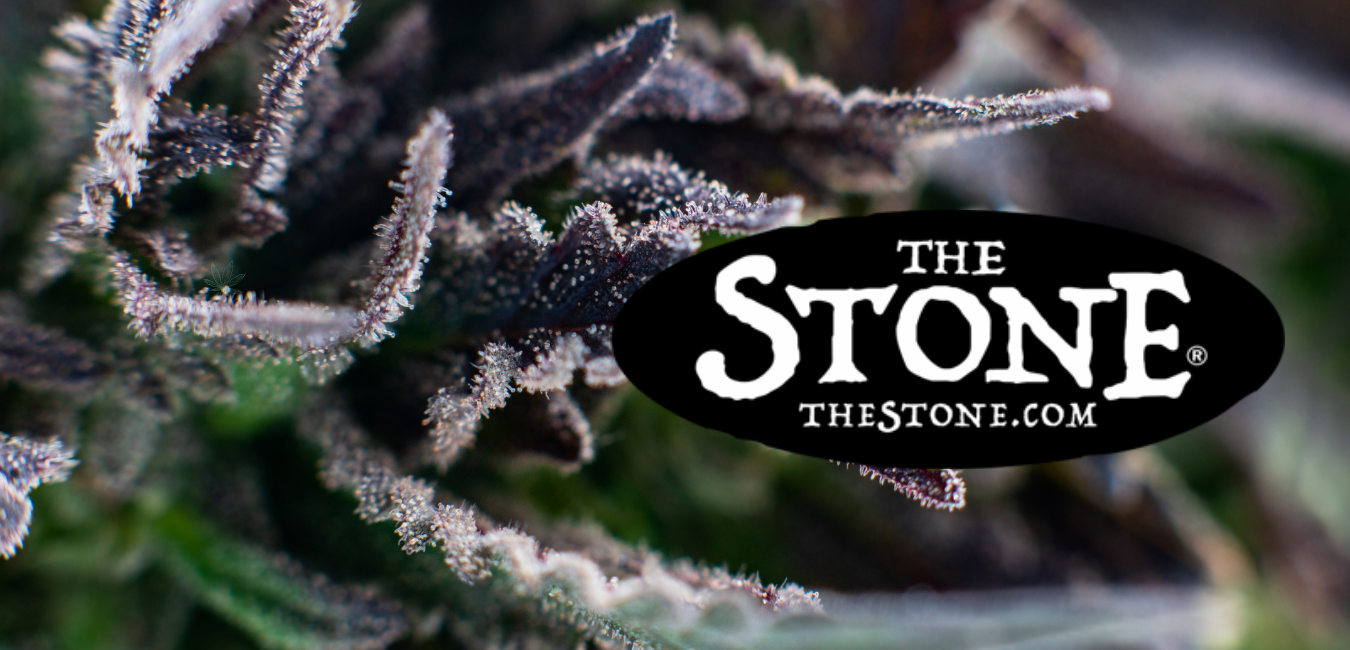
This website is for users aged 21 and over. Please confirm your age.

Are Terpenes Important for Medical Marijuana Patients? What are terpenes? Terpenes are organic compounds that occur naturally in the essential oils of many types of plants. Cannabis contains more than 200 different terpene-derived molecules. Each strain, or variety, of Cannabis, has its unique combination and relative concentrations of these molecules. These variances give each strain its distinct aroma and flavor, which is part of what makes them so appealing to consumers. But they may also influence other aspects of a plant’s effects — including how it affects medical marijuana patients.
Terpenes are a class of organic compounds found in oils from many plants. Some common examples of terpenes include menthol (mint), limonene (citrus), and caryophyllene (basil). People have recognized that certain smells can elicit specific emotional and physical reactions for hundreds of years. Many religious rituals have incorporated the burning of herbs to evoke an emotional response from those observing the ceremony. For example, menthol feels cool and fresh, used in cough drops.
Terpenes work synergistically with other cannabis compounds, like THC and CBD to provide many different therapeutic effects. These effects cannot be recreated using individual components (i.e., terpenes + THC or CBD). Limonene is “strongly anti-carcinogenic, anti-depressant, muscle relaxant, antibiotic, anxiolytic (anti-anxiety), and sedative.” Terpenes also have different boiling points, which means that they can be separated from other compounds by selectively applying heat. By separating the various components of Cannabis, medical marijuana patients can titrate their doses to achieve specific medical effects.
There is no reliable way to know the level of cannabinoids in any commercially available product. This lack of standardization can lead to unpredictable outcomes for medical marijuana patients, leading them to rely on anecdotal evidence. The medical community widely accepts that cannabinoids affect different people in different ways. Experimentation and communication between doctor and patient is the only way a patient can determine which cannabinoid profile works best.
These are called “essential” or “volatile” oils. It was once thought that plants needed them to survive. The term volatile implies that they are components of a liquid or gas. This means that they will reach their highest concentration in the air and dissipate if not contained. Not all terpenes are fragrant.
Many other plants produce these chemicals, so they’re often found outside the cannabis world. Beta-myrcene is used to give some fragrances their musky smell. α-pinene is an anti-inflammatory and may improve memory retention.
Two additional terpenes currently being studied in the medical marijuana community include cannabidiol (CBD) and cannabinol (CBN). Cannabidiol is not psychoactive. It provides anti-inflammatory and anti-nausea properties. Cannabinol is usually found in the old bud, and it may have sedative properties and is also believed to affect memory retention.
The highest levels of terpenes are found in the essential oils of certain plants. Shamans and priests once used them as medicine. The myth of “the cure” was likely due to some degree of a placebo effect. There is evidence that at least one component is present at high enough levels to elicit a physiological response. That component is β-myrcene.
Terpenes possess a wide range of medicinal properties. Some terpenes activate cannabinoid receptors in the brain. Others inhibit activity at specific receptors. Terpenes and their metabolites may also function as neurotransmitters.
That means that few proven claims can be made about how these molecules influence the effects of Cannabis itself. You don’t need clinical studies to tell you what your nose already knows: different strains have distinct aromas! You’ll need to experiment to see if terpene-derived properties might improve your quality of life.
This dispensary carries over 300 different strains of medical marijuana, including Girl Scout Cookies, Green Crack, and Sour Diesel. You can use the menu filters to look for products that might appeal to you based on their terpene profile. Or you can go for something tasty!
Terpenes are often regulated as food additives and might be used in pharmaceutical drugs in the future. For now, medical marijuana patients and recreational users should keep an eye out for these chemicals on product labels. This information will help them get the most out of their treatment, leading to additional research.
Terpenes possess a wide range of medicinal properties. Some activate cannabinoid receptors in the brain. Others inhibit activity at specific receptors. Terpenes and their metabolites may also function as neurotransmitters. Research is unfortunately quite limited.
Terpenes are certainly an exciting piece of the medical marijuana puzzle, but they are poorly studied. That means that few proven claims can be made about how these molecules influence the effects of Cannabis itself. You don’t need clinical studies to tell you what your nose already knows. Different strains have distinct aromas! You’ll need to experiment to see if terpene-derived properties might improve your quality of life. If you want to pick up some new flavors, consider trying the many varieties of Cannabis at The Stone Dispensary.
This dispensary carries over 300 different strains of medical marijuana, including Girl Scout Cookies, Green Crack, and Sour Diesel. You can use the menu filters to look for products that might appeal to you based on their terpene profile. Or you can go for something tasty!
Do you have any added/more info? Leave a comment!
Medical marijuana patients can obtain their medicine in many ways. Some of the most common methods are growing their own or purchasing from a dispensary. Shake weed, also known as “trim” or “shake,” is less expensive to obtain quality medical cannabis. Often dispensaries can provide lower quality marijuana than what you could find yourself through your garden. Shake weed is made up of byproducts from processing higher grade pot strains and is often riddled with seeds, stems, and sometimes mold. Shake weed isn’t something you would smoke on its own, but it can be used as an additive for joints or pipes. I was able to buy some Shake Weed from a local dispensary recently because my traditional medicine was out-of-stock. Although Shake Weed is inferior to high-grade marijuana, it can still be an effective medicine. Shake weed contains many of the same terpenes and cannabinoids that higher-grade marijuana has, which means Shake Weed can help treat certain medical conditions.
Terpenes are a group of chemical compounds found in plants such as cannabis Sativa. Precisely for this article, we will look at how terpenes affect the experience of smoking or vaporizing pot. Many studies have been done on the different effects that different strains have on people based on their cannabinoid profile, but what about the impact of the terpene profiles? Terpenes provide a unique flavor and aroma to each strain of weed, and they also affect how you feel. Linalool, a terpene found in Shake Weed, is known to be an anti-depressant and can provide relief from anxiety. Adding Shake Weed as a second ingredient to your joint or pipe could yield surprising results.
Note: Shake weed is often seen as inferior grade medical marijuana because it has more stems and seeds, making smoking a joint harder and giving a lower quality smoke. Shake weed can still contain high cannabinoids and terpenes, making it a good additive for joints/pipes. Shake weed isn’t something you would smoke on its own, but it can be used as an additive for joints or pipes. Dispensaries may have shake weed available for purchase if they are low on medical marijuana. Shake weed may contain traces of mold or stems and seeds. Shake Weed can’t be smoked on its own, but it’s a good additive for joints/pipes. It is recommended that Shake Weed contains less than 10% Shake weed before being considered a usable strain of medical marijuana. Shake weed is made up of byproducts from processing higher grade pot strains, and they are often riddled with stems, seeds, and sometimes mold.
We warmly welcome you to explore our highly acclaimed strains, concentrates, and edibles. Serving recreational clients with pride is our passion.
At our dispensary, you'll find a professional yet inviting atmosphere that prioritizes your comfort and privacy. Feel free to stop by at your earliest convenience to experience it for yourself. We can't wait to serve you!


